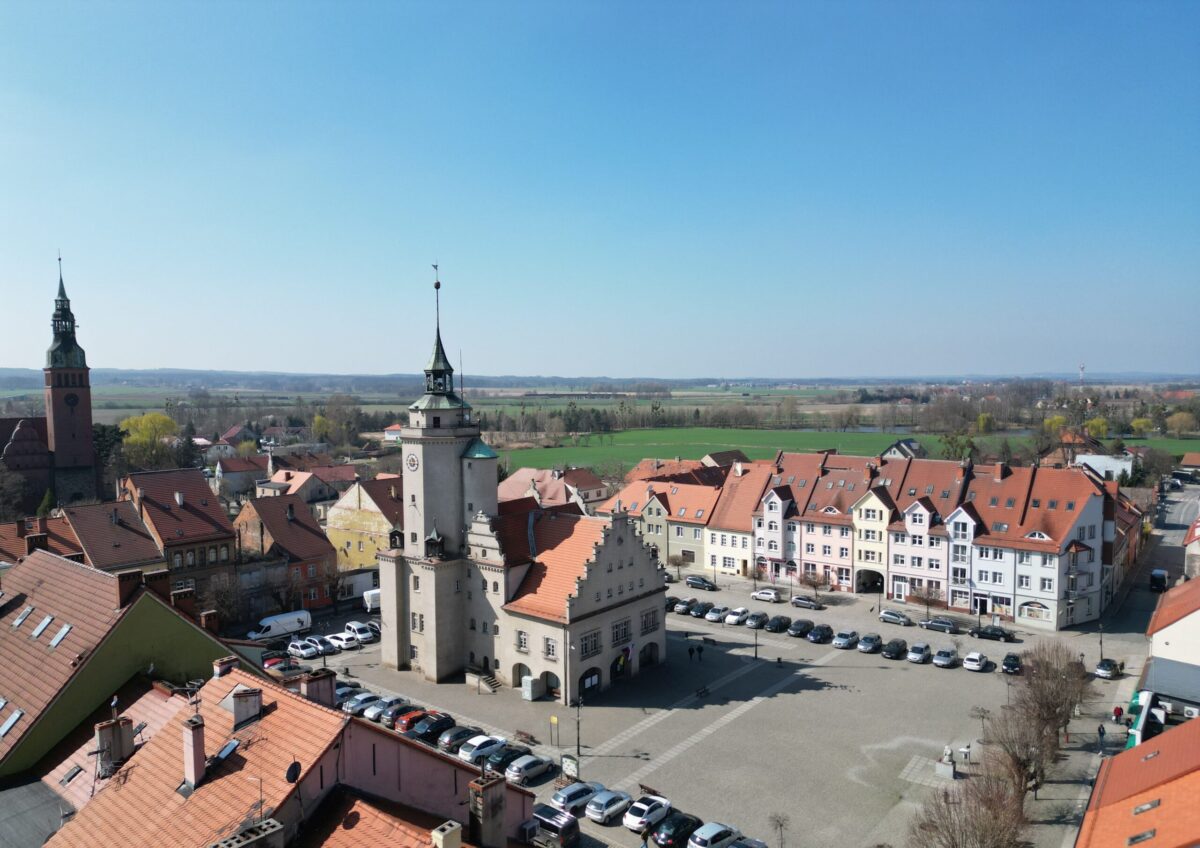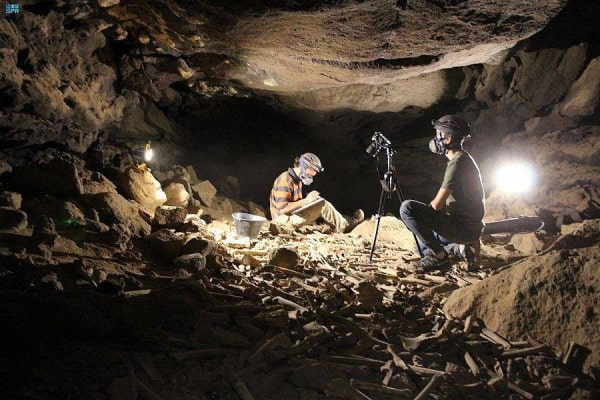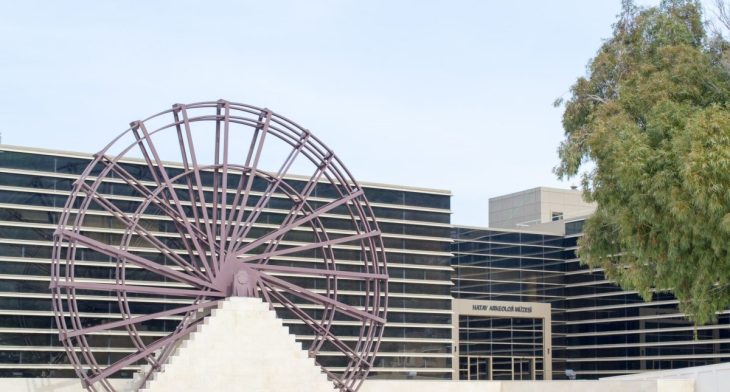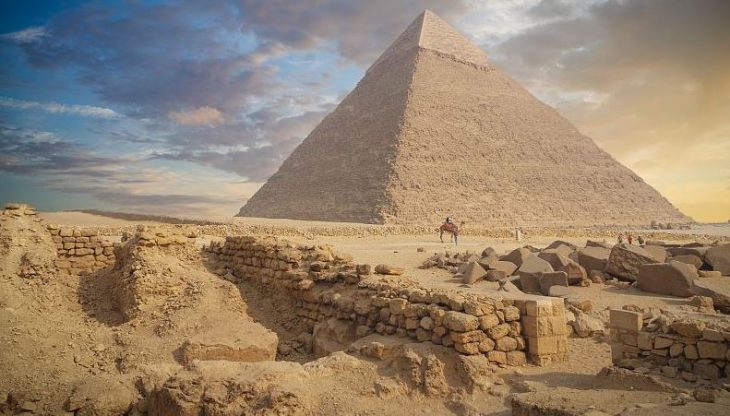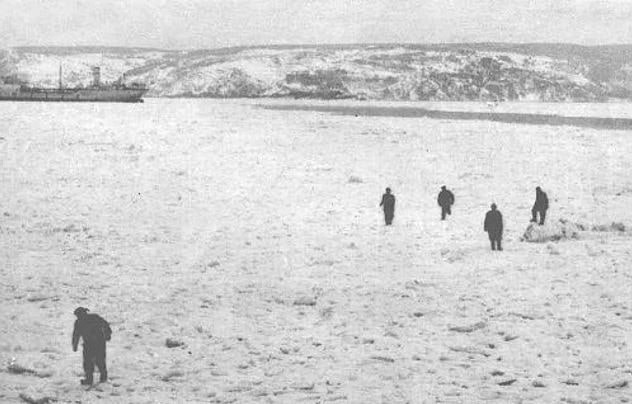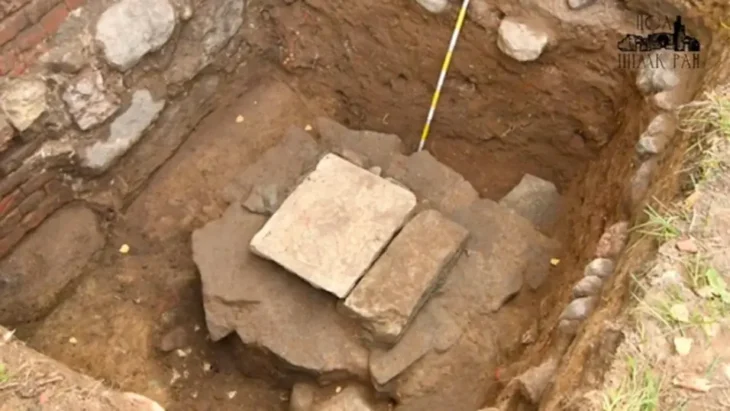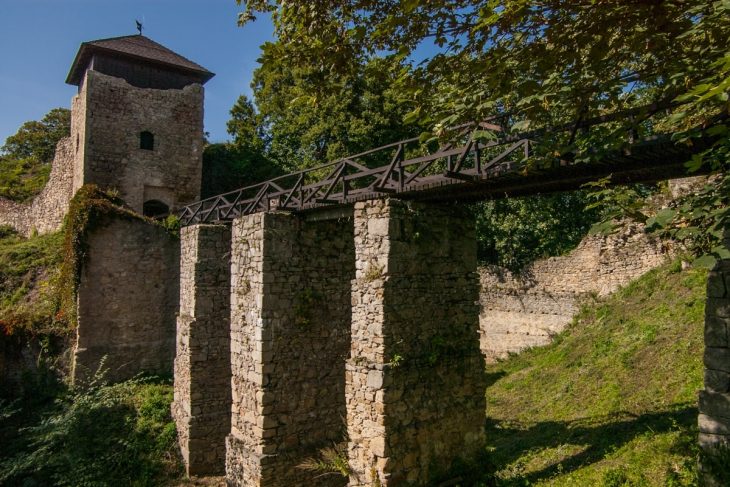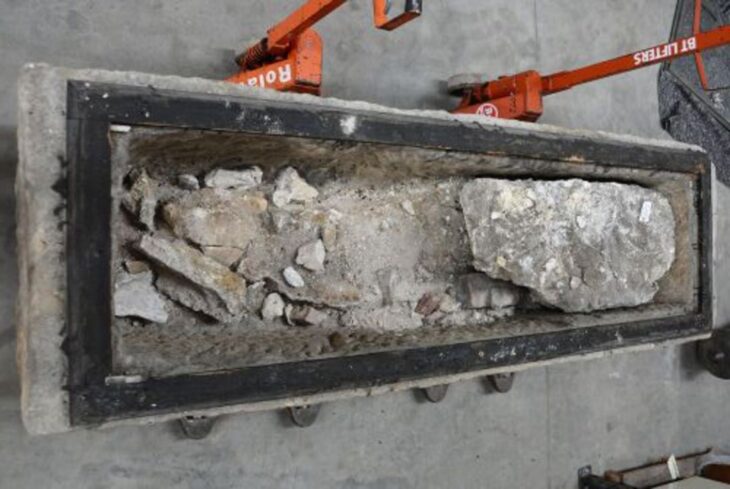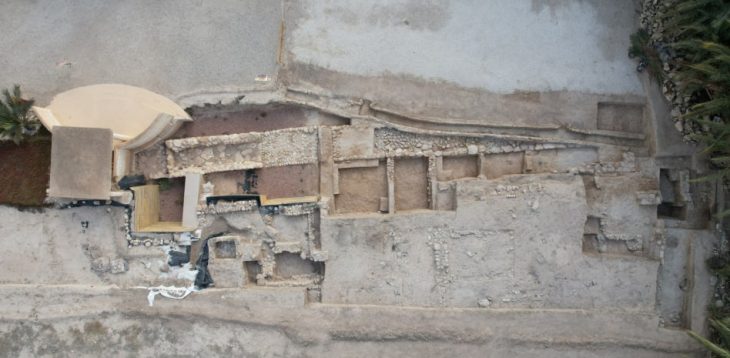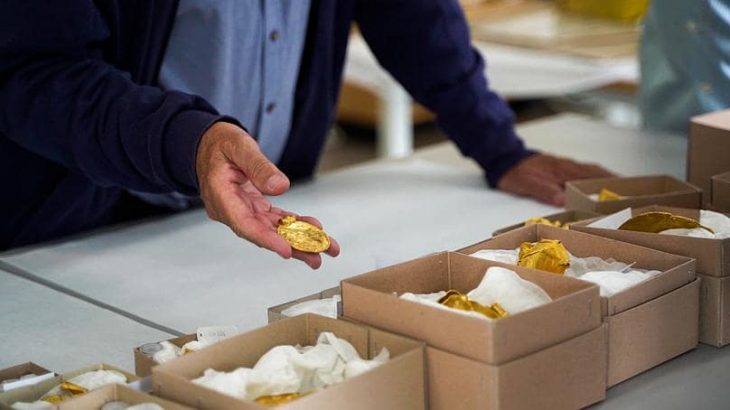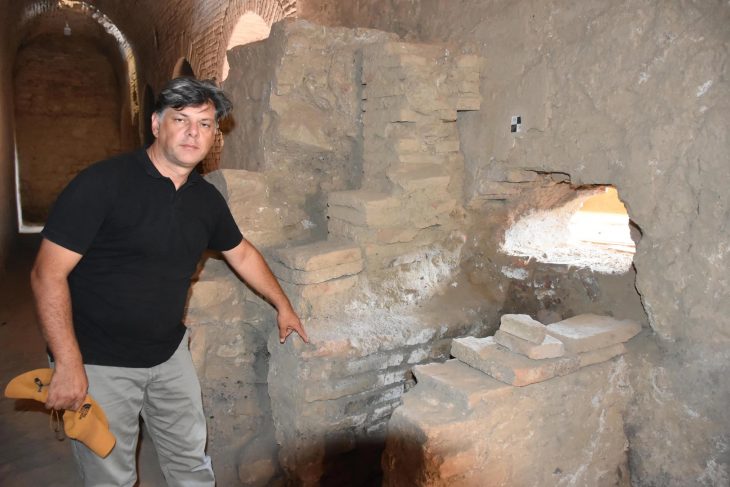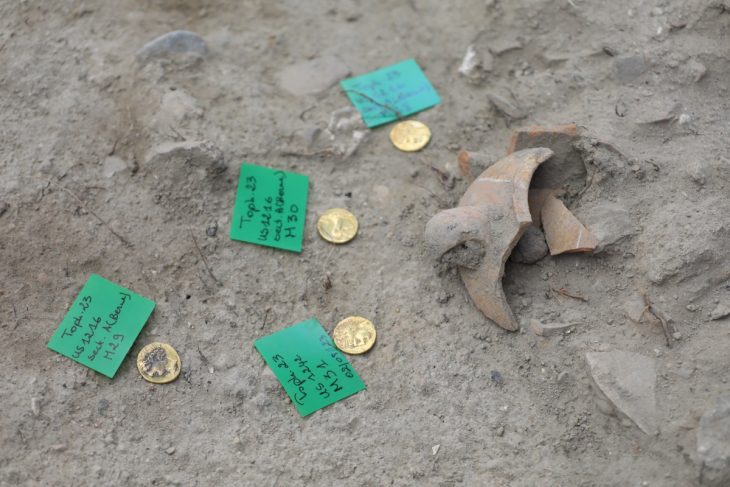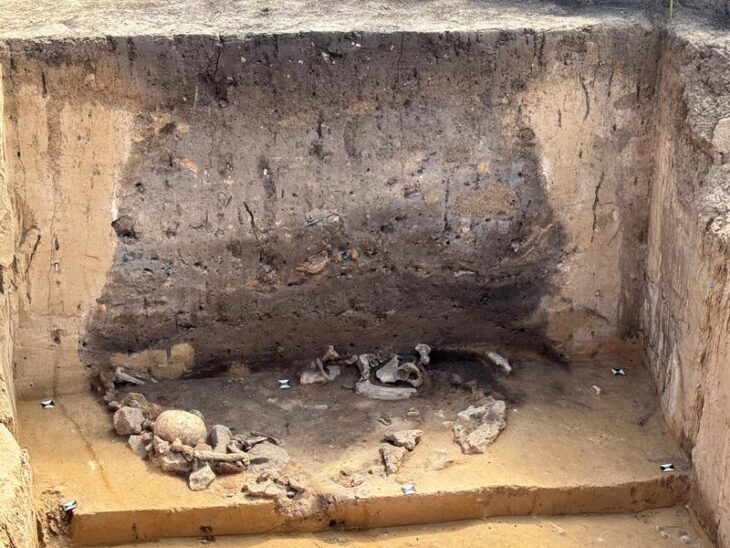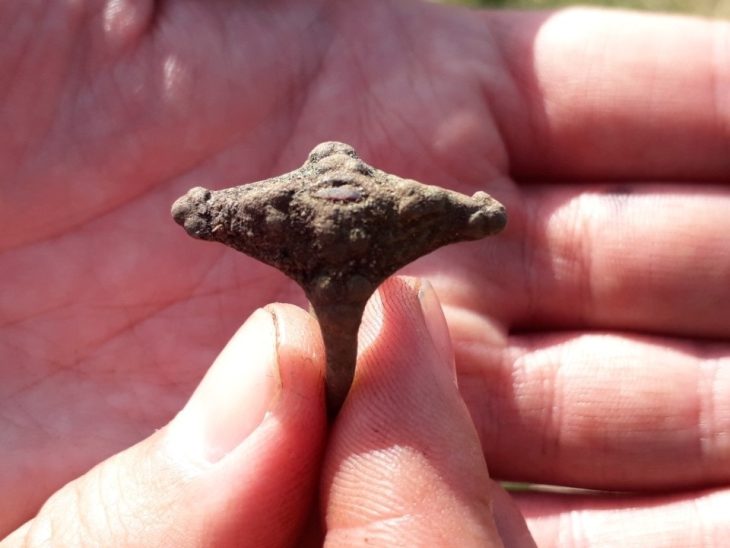In a remarkable archaeological find, researchers have uncovered previously unknown burial crypts within the Gothic Church of St. James the Apostle in Prusice, a small town near Wrocław, Poland. The discoveries were made during ground-penetrating radar (GPR) surveys, which also revealed the potential location of a Renaissance manor house, previously known only through historical texts and images.
Prusice, with a history dating back to the Middle Ages, boasts numerous historical monuments, including the Gothic Church of St. James and the Renaissance Town Hall. Despite its rich heritage, many of the town’s oldest structures have been lost over time due to the demolition of city fortifications in 1819 and subsequent fires.
Dr. Renata Faron-Bartels, an archaeologist from the Prusice Town Hall, explained that the initiative to explore the town’s lesser-known origins prompted local authorities to conduct a comprehensive, non-invasive inventory of the Old Town’s significant areas. The GPR survey, led by Prof. Fabian Welc from the Institute of Archaeology at Cardinal Stefan Wyszynski University, was conducted in two phases from 2024 to 2025.
The first phase focused on the former castle courtyard and the main town square, where researchers were surprised to find the remains of a large rectangular building, possibly linked to the medieval manor house of Zbylut, a knight mentioned in historical accounts.
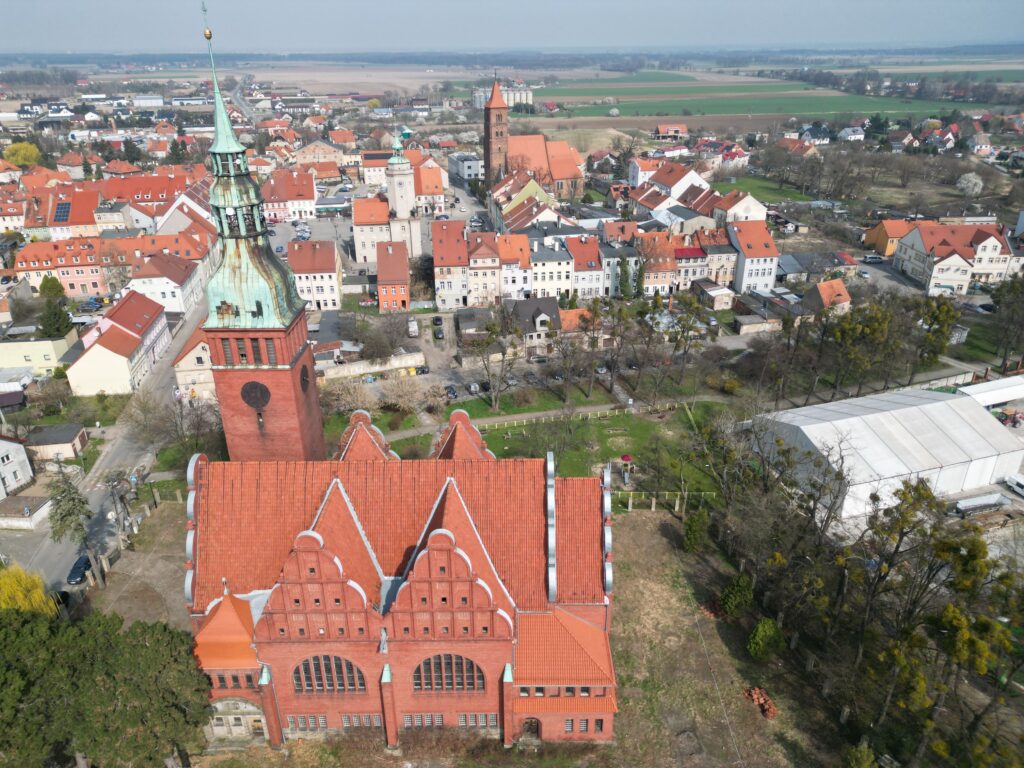
The second phase involved examining the churchyard and the interior of the Gothic Church, which dates back to the late 15th century. Notably, the church houses a Baroque burial chapel dedicated to Field Marshal Melchior von Hatzfeldt, a significant figure in Polish history. The GPR scans revealed an underground corridor leading to the Marshal’s tomb and uncovered two previously unknown burial crypts near the altar, suggesting they were reserved for individuals of high social standing during the late medieval or early modern period.
📣 Our WhatsApp channel is now LIVE! Stay up-to-date with the latest news and updates, just click here to follow us on WhatsApp and never miss a thing!!
Prof. Welc highlighted the significance of locating the presumed Renaissance manor house, believed to have been situated outside the city walls near the southern gate. This building was reportedly demolished in the early 20th century to make way for an Evangelical church, which still stands today. The GPR profiling indicated the foundations of a rectangular structure, likely built on brick and stone.
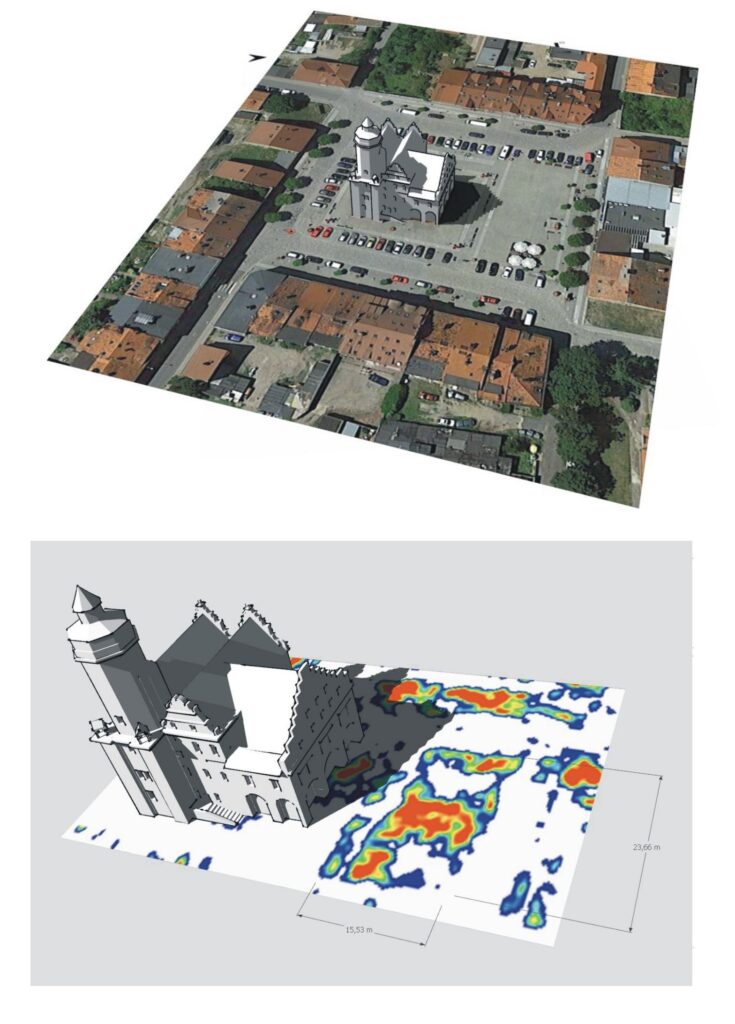
The findings not only enrich the historical narrative of Prusice but also raise questions about the manor complex’s appearance and its former owner. As further GPR investigations are planned for the surrounding area, researchers hope to uncover more details about this intriguing chapter in Prusice’s history.
This discovery underscores the importance of archaeological research in revealing the hidden layers of history that lie beneath our feet, offering a glimpse into the past that continues to shape our understanding of the present.

